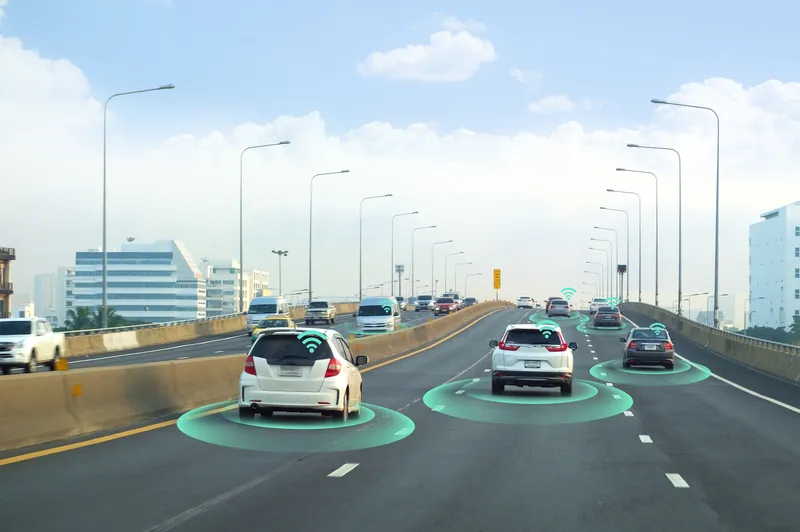The UK government Transport Select Committee has published its report on Smaller Airports, which report identifies how air passenger duty affects the smaller airports sector and examines how smaller airports might benefit from airport expansion in the south-east. The report also explores how the Government can support regional connectivity and calls on the Department for Transport to assess whether some new slots could be ring-fenced to support regional connectivity. In its oral evidence to the committee, t
March 16, 2015
Read time: 2 mins
The UK government Transport Select Committee has published its report on Smaller Airports, which report identifies how air passenger duty affects the smaller airports sector and examines how smaller airports might benefit from airport expansion in the south-east.
The report also explores how the Government can support regional connectivity and calls on the1837 Department for Transport to assess whether some new slots could be ring-fenced to support regional connectivity.
In its oral evidence to the committee, the6500 Chartered Institute of Logistics and Transport (CILT) said that some airports may have to revert to general aviation or find alternative uses for their land.
Paul Le Blond FCILT, chair of the CILT Aviation Forum is quoted in the report expressing: ‘Smaller airports vary in terms of financial viability, but there are a number which are not and probably never will be profitable. There are some regions where there are more airports than are really needed, and where the case for public financial support is not strong. An airport cannot survive if airlines and other aircraft operators do not want to use it.’
The report also explores how the Government can support regional connectivity and calls on the
In its oral evidence to the committee, the
Paul Le Blond FCILT, chair of the CILT Aviation Forum is quoted in the report expressing: ‘Smaller airports vary in terms of financial viability, but there are a number which are not and probably never will be profitable. There are some regions where there are more airports than are really needed, and where the case for public financial support is not strong. An airport cannot survive if airlines and other aircraft operators do not want to use it.’









